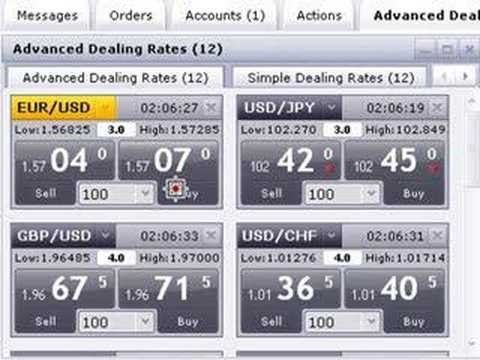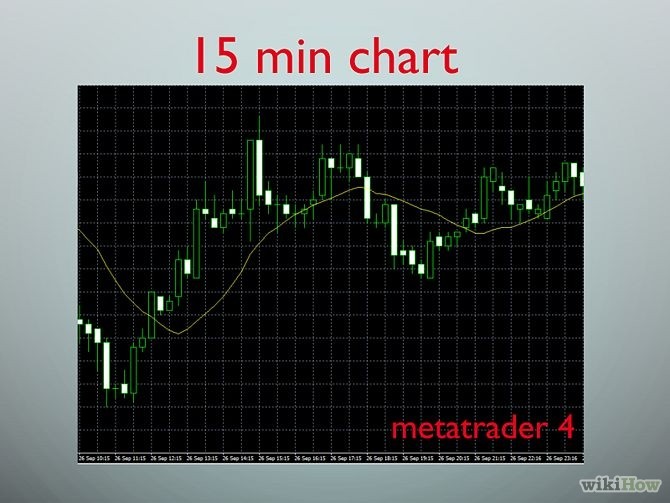How to Read Forex Price Quotations
Post on: 6 Май, 2015 No Comment

Two key factors involved in maneuvering around the Forex market involves being able to read the quotations (price quotes) and interpret them correctly, as well as knowing and understanding the terminologies (jargon). Again, this is another part of the education process that one should be engaged in prior to doing any trading.
Reading the Quotes
Traditionally, when a price for a currency is quoted, it is done in relation to another, thus the value of one gets reflected through the other currency’s value. As an example, if you are trying to determine the value between the United States Dollar (herein referred to as USD) versus the Japanese Yen, the symbols of the quote would appear as follows:
USD/JPY = 119.50
This is what is referred to as a currency pair wherein the currency to the left of the slash is called the base currency, and the currency to the right of the slash is called the quote or the counter currency. In this case, the USD is a single unit meaning $1 and the Yen is what value is what one USD unit equates to in that country’s currency. In this instance, one USD unit equals 119.50 Japanese units.
Direct Quotes Compared to Indirect Quotes

Currency prices can be quoted either directly or indirectly. Direct quotes are currency pairs wherein the domestic currency is listed as the base currency, while indirect quotes is where the domestic currency takes on the role of quoted or counter currency. So if the Canadian Dollar (CAD) were the domestic currency and the USD was the counter currency, the direct quote would appear as CAD/USD, and the indirect quote would read USD/CAD.
Customarily, the direct quote will vary the foreign monetary unit and the domestic (or quoted) currency is fixed as one unit. Conversely, with the indirect quote, the domestic currency is the one that varies while the foreign currency is that one that is fixed as a single unit. For example, if the direct quote is listed as 0.85 CAD/USD, it means that $1 Canadian will buy $0.85 US. The indirect quote would read 1.18 USD/CAD meaning that $1 US will purchase $0.85 Canadian.
Typically, most currencies are traded against the USD and therefore the dollar is usually listed as the base (or domestic) currency, and therefore becomes a direct quote. However, not all currencies list the USD as the base currency. Usually, the currencies that have historical ties with the United Kingdom — namely the Australian Dollar and the New Zealand Dollar — are usually listed as the base currency against the USD. Despite the fact that the Euro is a relative newcomer to the Forex market, it is listed as the base currency against the USD more often than not.
Additionally, currency quotes generally extend out four digits to the right of the decimal point with the exception of the Japanese Yen (JPY). It is quoted with only two digits listed to the right of the decimal point.














